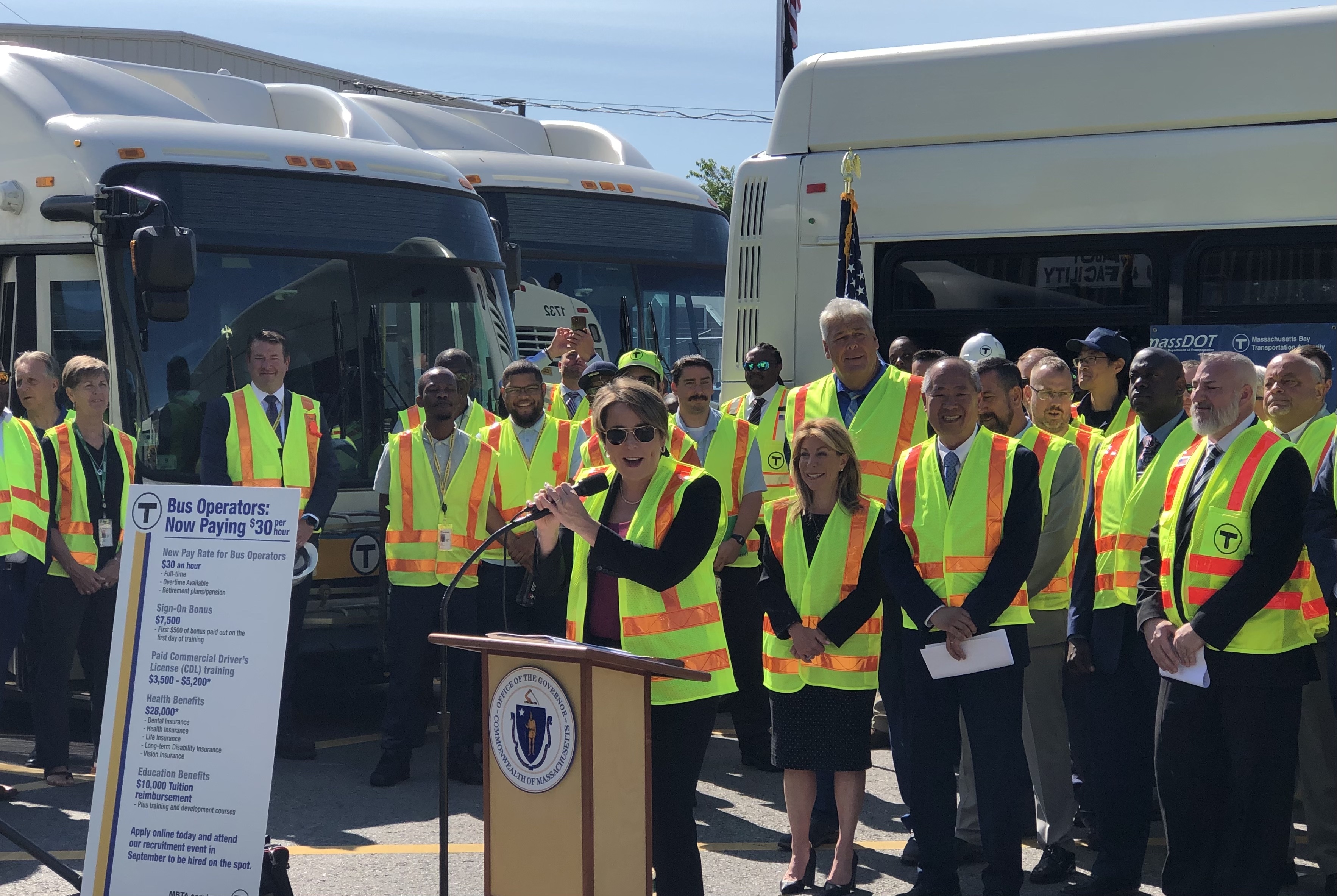Koopzilla24
Active Member
- Joined
- Dec 20, 2022
- Messages
- 417
- Reaction score
- 1,232
A very important consideration to fare collection are routes like this the 34EIt's also important to distinguish between users paying in cash, and users refilling a Charliecard in cash then tapping. The latter will still be associated with the card for ODX purposes. This 2019 thesis (page 48) indicates that 8.8% of farebox intersections involve cash. Of those, 5% are cash fares, while 3.8% are Charliecard refills.
That thesis also indicates that cash boardings are heavily concentrated at a relatively small number of stops. Out of the 7000+ farebox stops (bus stops, Green Line surface stops, and Mattapan Line stops), just 0.52% (less than 40) accounted for 20% of cash boardings. (Those were mostly major rapid transit transfers - which already have fare machines that passengers should use instead - plus a few major destinations like malls.) Half of cash boardings were at ~250 stops. That makes it a lot easier to infer overall travel patterns.
These suburban bus routes that pass through multiple towns hold a significant place in serving trips that never touch a Charliecard ticket machine. I take this route often to commute (just took it this morning) and there’s a chunk of passengers that appear every day traveling only within the Dedham Center-Walope segment. There’s a single gas station in Norwood that has the ability to reload cards between Hyde Park and Walpole leaving the bus farebox as the primary recharge point for most people. If the T wants to remove the cash fareboxes to speed up boarding then there needs to be more infrastructure to support adding cash to Charliecards or acquiring charliecards in the first place.
On that note I’ve started seeing blank Charliecard dispensers on the front of buses


